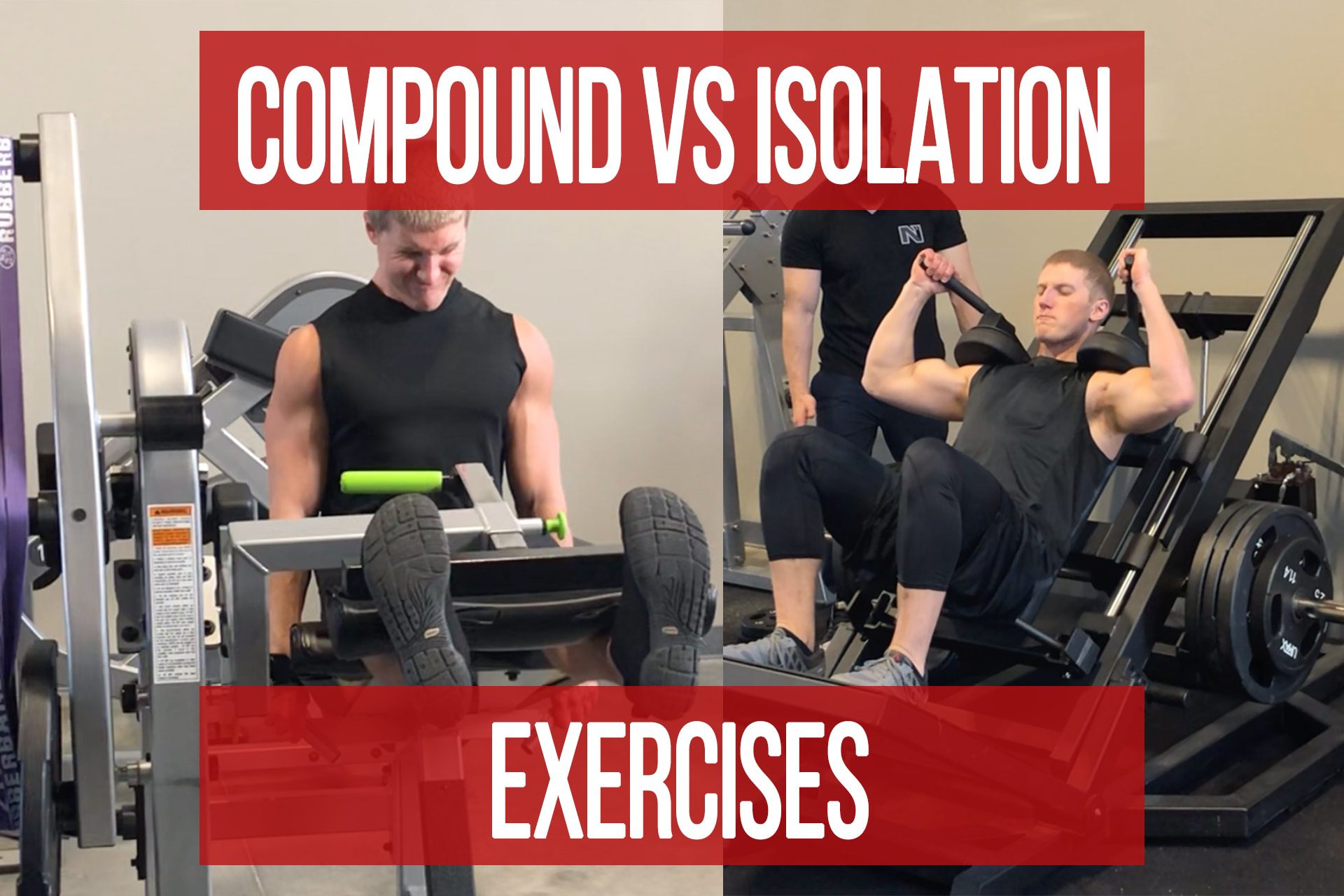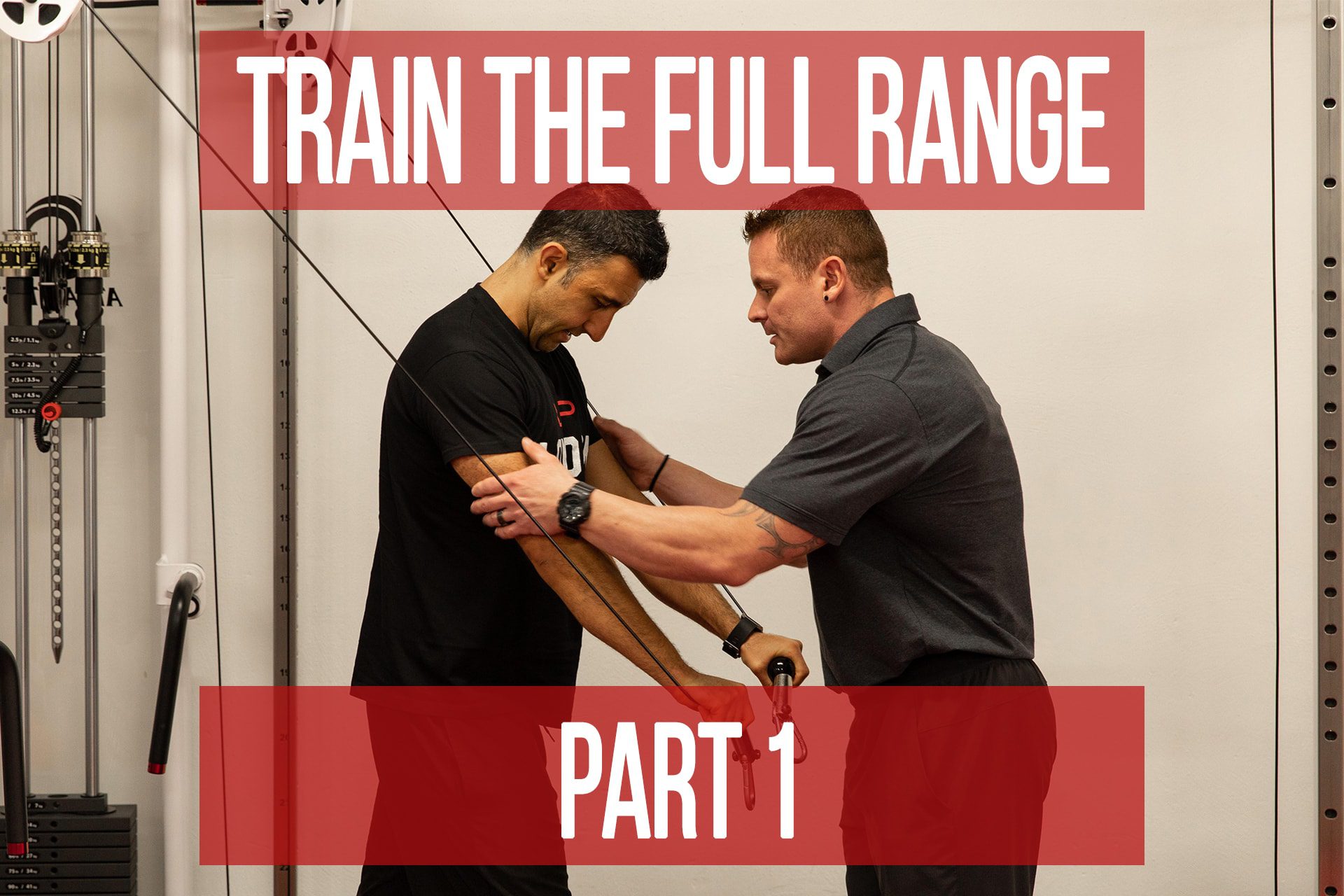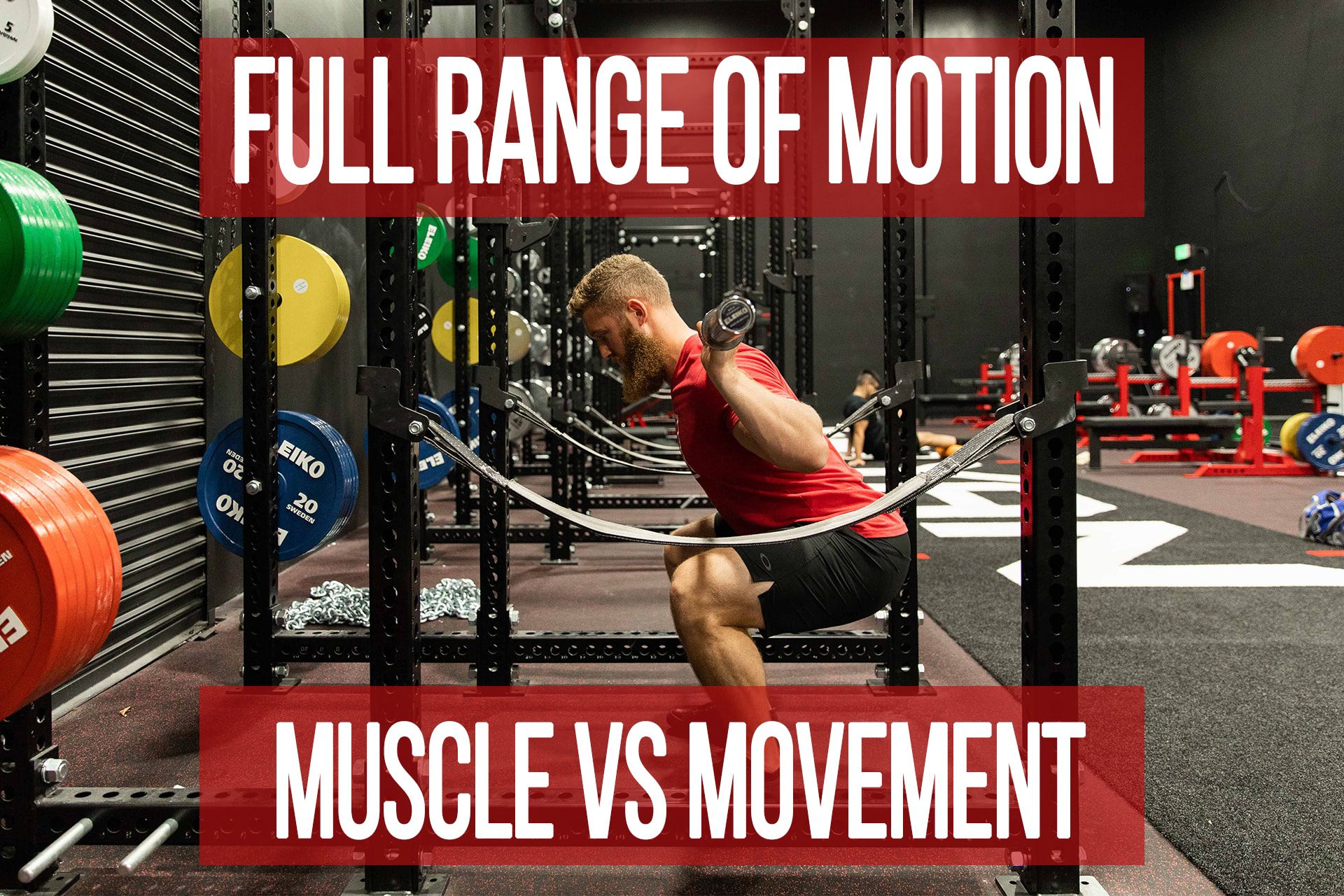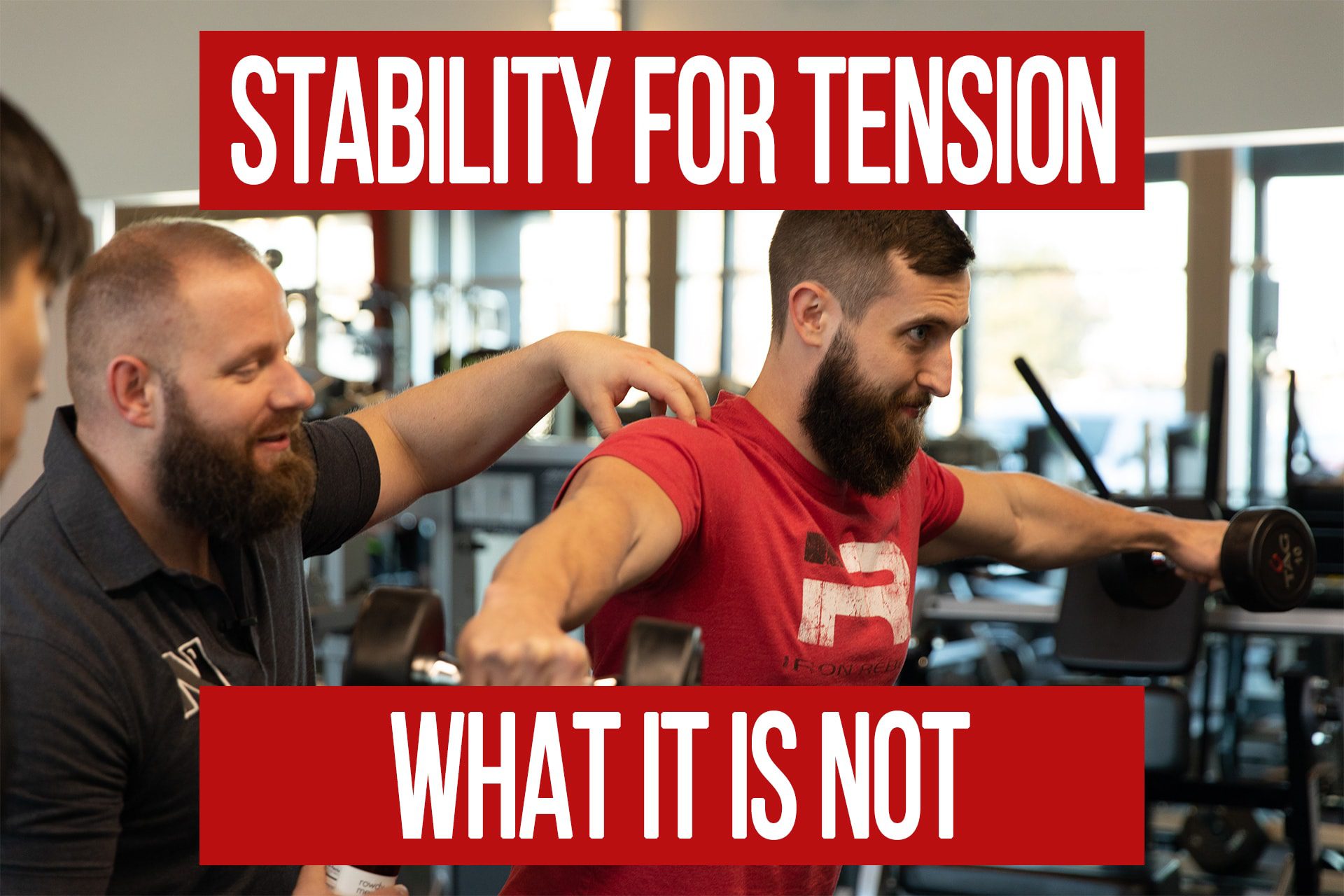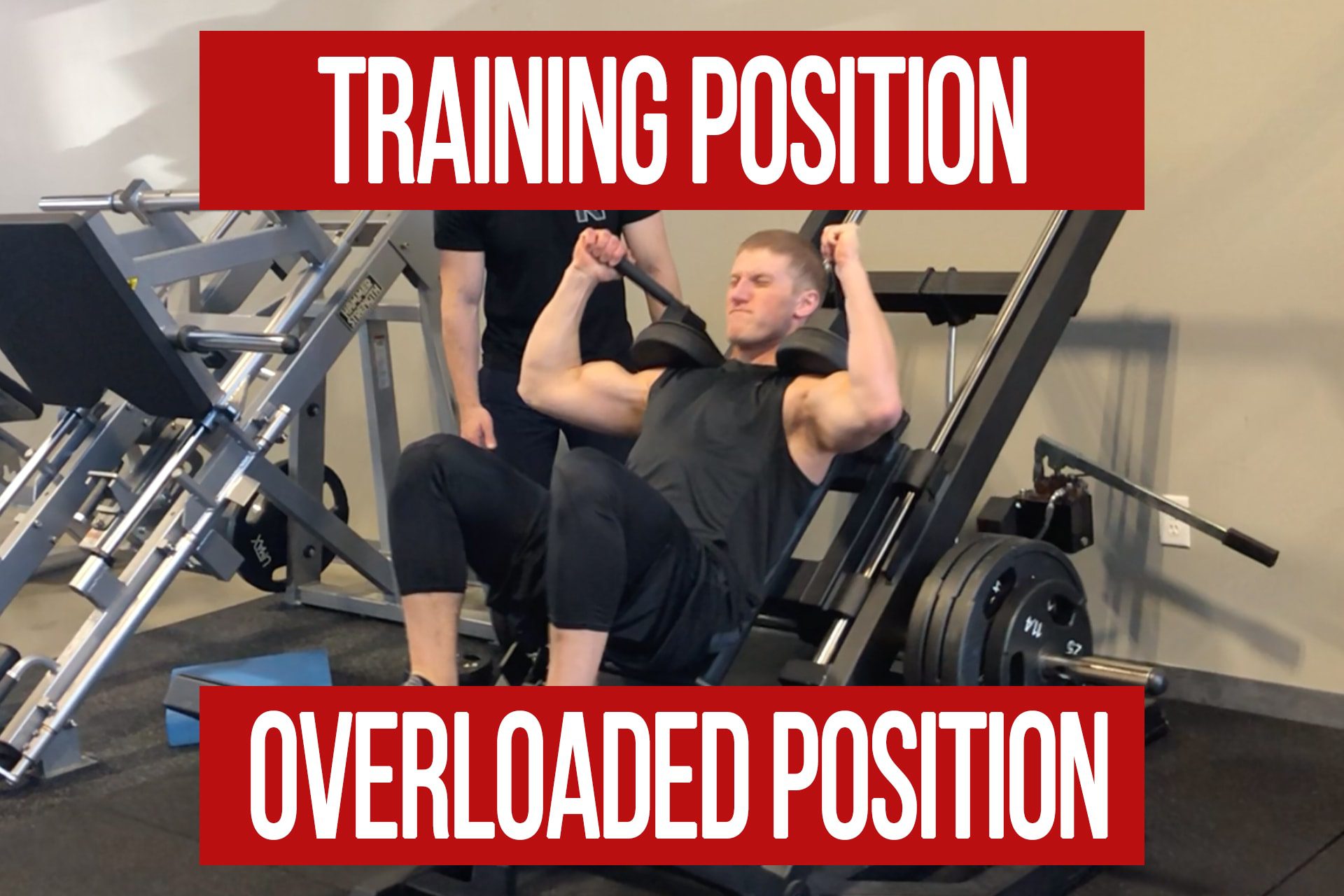Sensation VS Tension
n1 training
Sensation VS Tension
There are many exercises that create a sensation or “feeling” in a muscle, but that does not mean that they are good exercises to train that muscle. There is a difference between feeling a sensation and actually being able to produce tension. In this video we’ll discuss some examples and why a few “popular” exercises are actually terrible choices from an anatomy and goal-oriented perspective.
Timestamps
0:50 – Sensation signals when a joint is compromised
1:37 – Biceps example and test
3:07 – Biceps’ and triceps’ role as shoulder stabilizers
4:08 – Sensation when a joint is restricted
6:20 – Lying lateral raise example and test
9:05 – EMGs are not indicative of a muscle’s force production
Have a Question?
Please Log In to Submit Your Question
FAQ
Question:
Could we make a similar case for RDLs? That is, the intense sensation or deep stretch felt in the hamstrings may simply be a consequence of hyperextending through the lumbar spine and the nervous system providing feedback that this is an unstable/vulnerable position?
Answer:
In the context of people elevating their toes during an RDL, yes that is absolutely sensation from stretching the nerves rather than a “deep stretch”.
In the case of overextending the lumbar, some may notice a decrease in ROM of hip flexion before feeling that “stretch” sensation due to the decrease in pelvic stability. This comes back to the importance of maintaining a neutral spine in hip-extension exercises and execution in general.
Compound VS Isolation Exercises for Beginners
videoBody Composition Foundation FREE Hypertrophy Program Design Training
Popular Pages
Learn & Train With Us
Add N1 Training to your Homescreen!

Please log in to access the menu.

